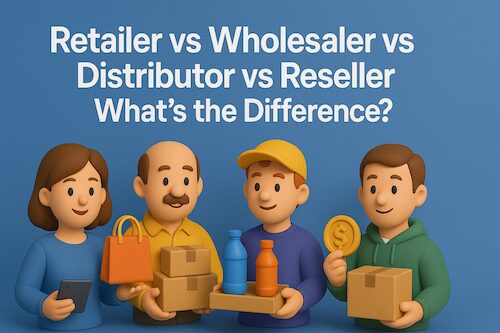What is the meaning of Voice Commerce?
Voice commerce refers to the use of **voice-enabled devices and virtual assistants**—such as Amazon Alexa, Google Assistant, or Apple Siri—to browse, search, and purchase products online. This technology allows users to perform transactions using natural language commands without the need for a screen or physical interaction. For example, a busy parent might simply say, “Alexa, reorder diapers,” and the assistant will place the order using previously saved preferences. Voice commerce aims to make online shopping faster, more intuitive, and hands-free, offering convenience in both everyday tasks and complex buying journeys.
Why is Voice Commerce important in modern retail?
Voice commerce is becoming a key part of **omnichannel retail strategies** as consumer expectations for convenience and speed rise. It reflects the shift toward conversational interfaces and AI-powered shopping experiences. Key reasons why voice commerce is important include:
- Frictionless shopping: Reduces steps and effort in the buying process
- Accessibility: Helps users with disabilities or those unable to use screens
- Personalization: Devices can remember preferences and purchase history
- Market growth: The voice assistant market is rapidly expanding in households worldwide
As adoption grows, brands that optimize for voice search and commerce gain a significant edge in customer engagement and retention.
When and where is Voice Commerce used?
Voice commerce is used in a variety of contexts, typically in home environments, on-the-go, or while multitasking. Common use cases include:
- Reordering household items (e.g., groceries, baby products)
- Searching for product recommendations or reviews
- Adding items to a shopping cart
- Placing food delivery or retail orders
It’s most effective when integrated with **smart speakers, phones, cars**, or appliances that support voice input and are connected to e-commerce platforms.
How does Voice Commerce work?
Voice commerce relies on a combination of technologies:
- Speech recognition: Understands spoken language
- Natural language processing (NLP): Interprets user intent
- Machine learning: Personalizes responses and recommendations
- E-commerce integrations: Connects to platforms like Amazon, Walmart, or Shopify
When a command is given (e.g., “Order coffee beans”), the assistant processes the request, checks purchase history, suggests a product, confirms the order, and processes payment—often in seconds.
What are the benefits and limitations of Voice Commerce?
Benefits:
- Hands-free convenience and speed
- Greater user engagement through personalized interactions
- Improved customer loyalty via easy reordering
- Expands the reach of e-commerce into non-screen environments
Limitations:
- Limited visual feedback may hinder complex decisions
- Security and privacy concerns with voice devices
- Language understanding can vary depending on accents or phrasing
- Not all platforms or regions are fully optimized for voice purchases
Brands must balance convenience with trust and invest in optimizing voice experiences.
Can you give an example of Voice Commerce in action?
Imagine someone cooking dinner and realizing they’re out of olive oil. Instead of stopping and opening a shopping app, they say, “Hey Google, order more olive oil.” The assistant checks recent orders or preferred brands and responds, “Would you like to reorder the organic olive oil from last month?” The user says yes, and the order is placed automatically. This seamless process demonstrates the efficiency and practicality of voice commerce in everyday life.








